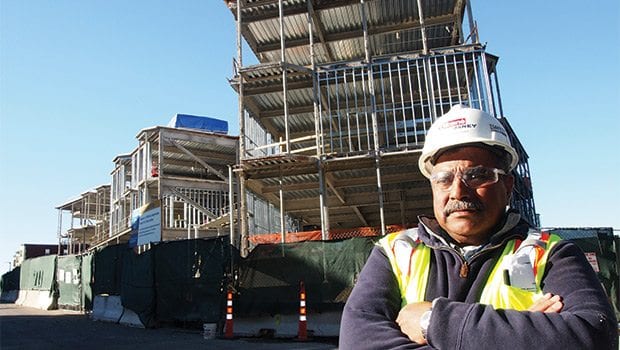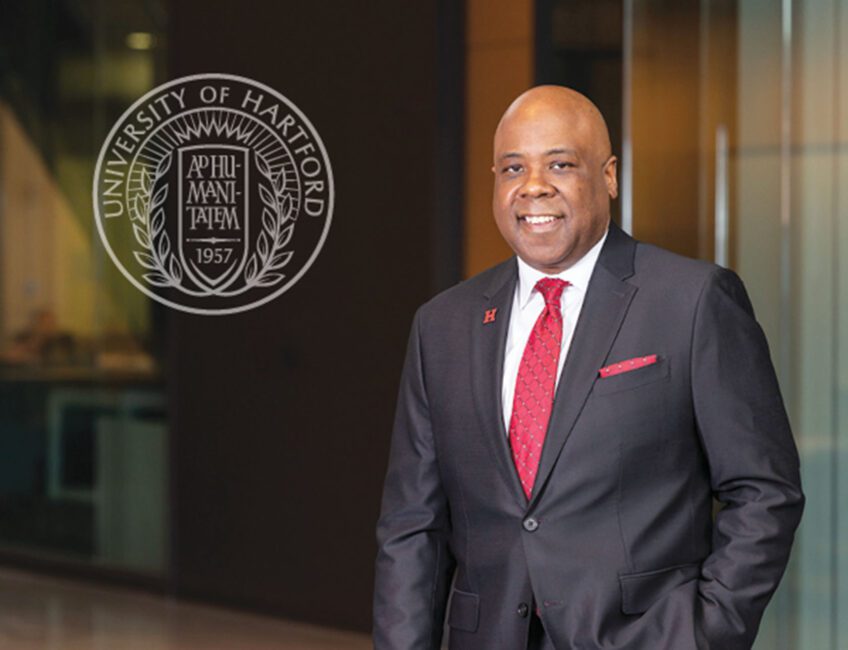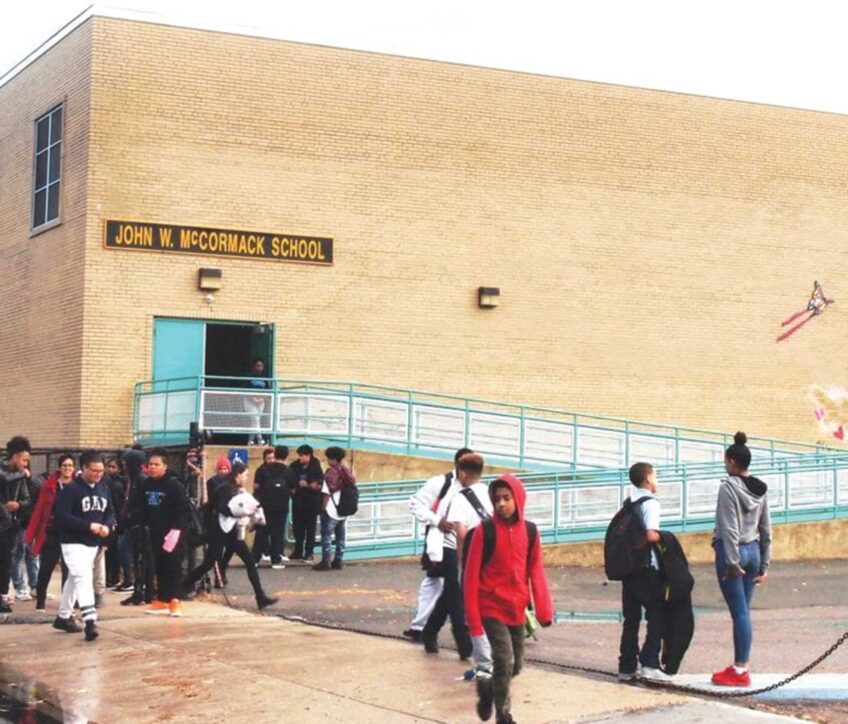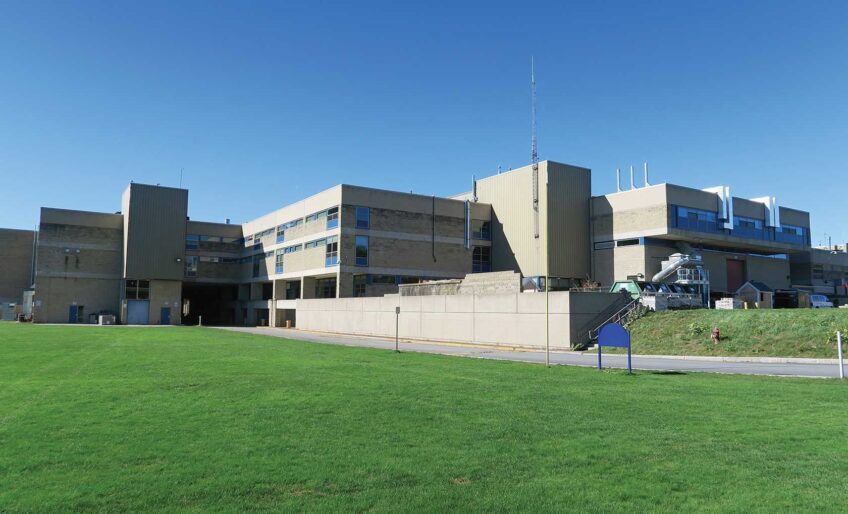Boston’s building boom coming to Roxbury area
Locals seeking share of jobs and contracts

With 13 million square feet under construction, Boston’s building boom is creating a wealth of opportunities for construction workers, contractors and other building trade-related fields.
Although there are few luxury housing buildings planned between Dudley Square and Mattapan Square, $110 million in city- and state-funded projects in the pipeline for the Roxbury area promises to bring the construction boom to Boston’s black community.
Whether that $110 million in Roxbury will translate into well-paying construction jobs and lucrative contracts is no sure thing, however, given the historical barriers for black businesses and construction workers in the Boston’s building trades.
“There’s a huge disparity in the workforce in this city,” said City Councilor Tito Jackson. “There’s $7 billion in construction in Boston, and Roxbury has a 17 percent unemployment rate.”
John Barros, chief of economic development in the administration of Mayor Martin Walsh, says the city average for people of color employed on construction projects is 33 percent — well beyond the requirements of the 1983 Boston Residents Jobs Policy, which mandates that 25 percent of workers on large construction projects in Boston be minorities, 50 percent Boston residents and 10 percent women.
But now, with Boston’s population more than 50 percent people of color, it may be time to increase the required percentage, according to Barros.
‘We’re looking at beefing it up in accordance with demographic changes,” he said. “There’s room for growth.”
As far as Boston residents are concerned, however, construction firms routinely hire workforces substantially lower in city residents than the 50 percent required under the current ordinance. Barros said the city is considering penalizing firms that fail to meet that goal.
“We want to make sure residents are part of the boom,” he said.
Councilor Jackson cautioned that the city will need to increase the number of compliance officers monitoring jobs sites.
“There’s not enough staff at the city and the Boston Planning and Development Agency to monitor the sites,” he said. “If it were really a priority, there would be.”
Minority firms, minority hires
Jackson noted that black contractors have little trouble exceeding the city’s minority participation goals. For the $60 million Dearborn STEM Academy building, a joint venture between white-owned Gilbane Building Company and black-owned Janey Construction Management & Consulting, Inc., 50 percent of the construction jobs so far have gone to people of color and 44 percent to Boston residents.
Janey Construction President Greg Janey said hiring a representative workforce is easy when people of color are at the table from the beginning of a project and when the labor unions cooperate.
“It can be done,” he said. “It’s not just us. It also depends a large part on the unions and the stewards to assign people who live here to the jobs.”
Janey’s field superintendent on the project, David Lopes, said the company took a firm stand with subcontractors to make sure they recruited people of color at every step of the job.
“The Boston Residents Jobs Policy was attached to the subcontractors’ documents,” he said. “We held pre-bid meetings as well as pre-construction meetings to emphasize the importance of meeting the goals and that we weren’t going to be taking ‘no’ for an answer.”
More work to come
Black subcontractors, architects, engineers and construction workers may soon find even more job opportunities available in Roxbury. Developer Ken Guscott is heading a development team that is aiming to build a $200 million, 25-story retail, office and residential tower on land he owns in Dudley Square. And on Warren Street, Developer John Cruz is planning a $47 million, five-story retail and residential building that will house the offices of Cruz Construction and Cruz Management.
The largest Roxbury construction project, Tremont Crossing, calls for offices, retail, residences and parking in a 1.2 million-square-foot development on Parcel 3, across from the Boston Police Department headquarters on Tremont Street.
Yet while construction projects run by black-owned firms consistently show minority participation at 50 percent or higher, Roxbury-based projects managed by white-owned firms show a far lower percentage of jobs going to people of color. At Northeastern University’s $225 million science center, Suffolk Construction showed 37.5 percent of jobs going to people of color and 31 percent to Boston residents. At the $96.8 million Bruce Bolling Municipal Building in Dudley Square, Shawmut Construction showed 35 percent of jobs going to people of color and 37 percent to Boston residents.
Walsh’s order
The Bolling Building was completed before Walsh signed an executive order setting spending goals for minority-owned businesses competing for contracts in construction, architecture and engineering and professional services last year.
Those guidelines will be in place when the city seeks bids on more than $30 million in upcoming construction projects the city is planning in the Roxbury area, including:
- A major renovation of the Vine Street Community Center, currently in the preliminary design phase. This project will include mechanical system upgrades, a new roof, new windows and doors, a new fitness center and significant upgrades to the Teen and Senior Centers. Construction is slated to begin in fall 2017 and represents a total investment of $5.3 million.
- Demolition and reconstruction of Engine 42 Fire Station on Columbus Avenue. This project is currently in the study phase and is budgeted for $10 million. Construction is expected to begin in spring 2018.
- A major renovation to the Dudley Branch of the Boston Public Library system will begin in the fall 2017. This project is budgeted for just under $15 million and is currently in preliminary design.
- The David Ellis School, selected for the Accelerated Repair Program, will be part of a $3.7 million project to replace windows in six Boston Public Schools during summer 2017.
- The Madison Park Technical Vocational High School’s welding lab currently is undergoing a $2 million renovation that will allow for an increase in welding booths, as well as ventilation and safety upgrades.
These City of Boston projects will represent significant opportunities for people of color, but only if minority developers are in on the deal, according to Jackson.
“Development only benefits the developers,” he said, “if people in our communities are not included.”





